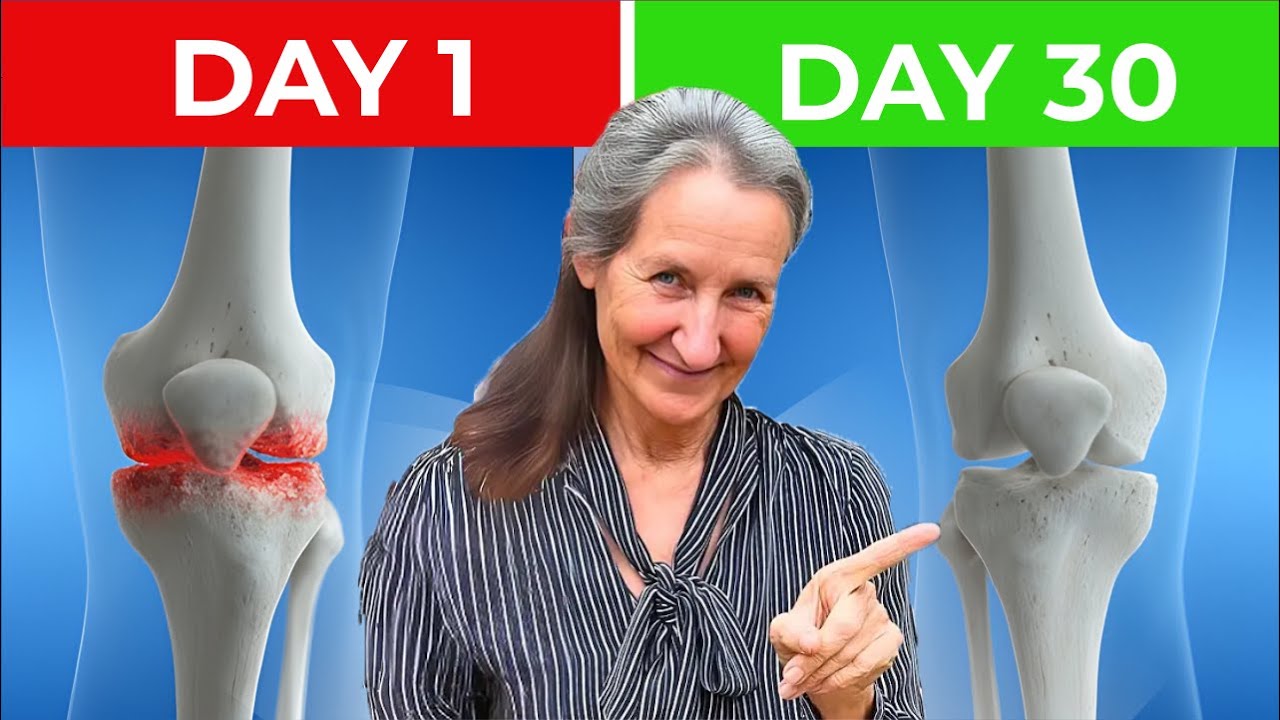
When it comes to healing bones naturally, there are numerous remedies and dietary choices overlooked by mainstream medicine, yet widely recognized in the world of natural health. Dr. Barbara O’Neill, a respected expert in natural healing, shares insights on how you can support bone health and accelerate healing without relying solely on pharmaceutical options.
The Role of Nutrition in Bone Health
Dr. O’Neill emphasizes the importance of nutrition in bone recovery and maintenance. Calcium is well-known for its role in building strong bones, but magnesium, vitamin D, and vitamin K2 are equally crucial. These nutrients work synergistically to enhance calcium absorption and direct calcium deposits to where they are needed most in the bones.
Foods That Support Bone Health
-
Dairy Products: Rich in calcium and often fortified with vitamin D.
-
Leafy Greens: Excellent sources of calcium and vitamin K.
-
Nuts and Seeds: Particularly almonds and sesame seeds, which are high in calcium and magnesium.
-
Fish: Fatty fish like salmon and mackerel are rich in vitamin D.
Herbal Remedies
Dr. O’Neill highlights several herbs known for their bone-healing properties:
-
Comfrey: Known as ‘knitbone’, traditionally used to speed up the healing of broken bones.
-
Horsetail: Rich in silica, which is essential for bone regeneration.
-
Nettle: High in calcium and supportive of bone density and strength.
Lifestyle Modifications
Beyond diet, lifestyle factors such as exposure to natural sunlight, which aids in the production of vitamin D, and regular, gentle exercise like walking or yoga can significantly impact bone density and healing. Dr. O’Neill advises against smoking and excessive alcohol consumption as they can impair bone health.
The Power of Bone Broth
One of Dr. O’Neill’s top recommendations for natural bone healing is regular consumption of bone broth. Rich in collagen, calcium, and amino acids, bone broth helps lay down the foundation for new bone tissue and repair.
Dr. Barbara O’Neill’s approach combines traditional wisdom with modern knowledge to offer powerful, natural solutions for bone health that big pharmaceutical companies often overshadow. Her recommendations provide a holistic alternative to those seeking to enhance their body’s natural healing capabilities.




